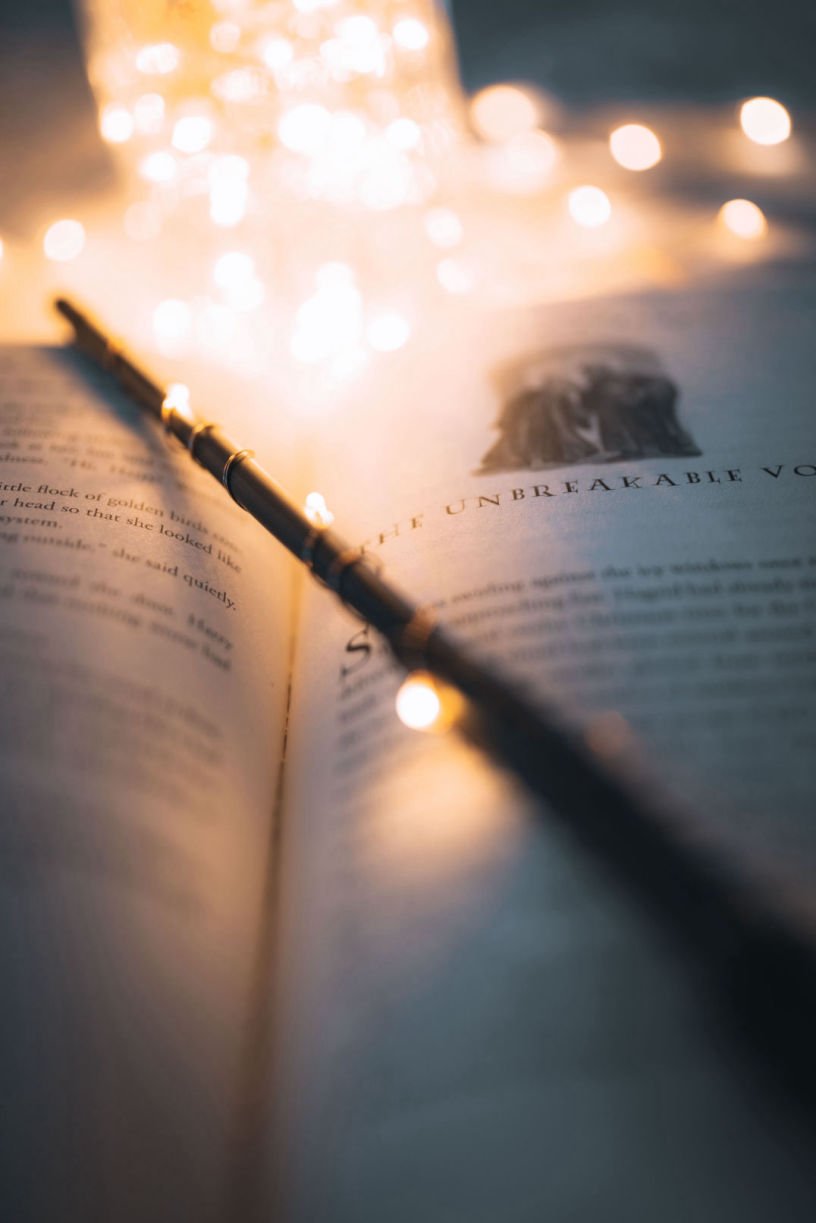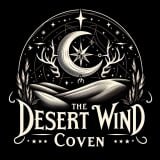
A Bride Dolly
If you have stalks of grain, you can use them to fashion your new dolly—but not many of us do have grain left over, so if you can’t find wheat stalks at a craft shop, you can use raffia instead. Sometimes you can find already-braided segments, and you need two or three of them to fashion a dolly.
To make one of raffia, leaving some fringe at each end, braid two sections, one heftier and longer than the other; fasten the ends with rubber bands, or tie them with string or yarn. Fold the bigger one over, so that the braided section can be the Biddy’s head and torso. The shorter, thinner braid will cross between the stands of the braid, and form the arms. Using a bit more raffia (a different color is fine), tie the pieces together securely. You should have a bit of fringe at the end of each “arm” and a longer, thicker fringe to make the Biddy’s skirt.
Now you can dress the biddy. Make a small garland of tiny silk flowers (the ones they sell in the bridal section of craft stores are good for this, and the narrow cloth ribbons that come decorated with tiny ribbon flowers are appropriate, too) for her head. Make her a shawl or a cape of pretty scraps of lace, and fasten it with a pretty pin or with a faux jewel glued in place. You can, if you like, add lacy or floral decorations to her skirt as well.


